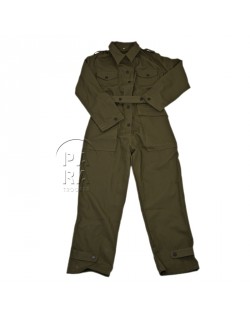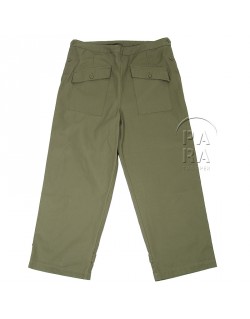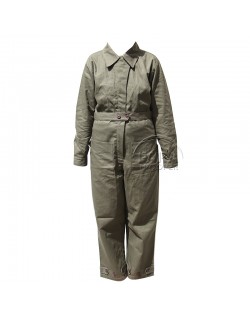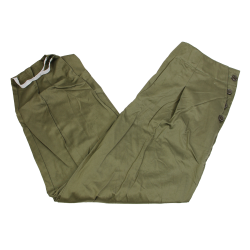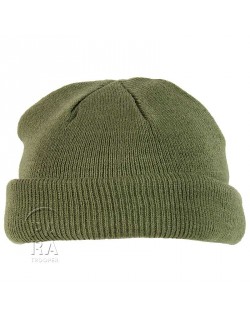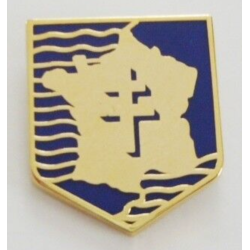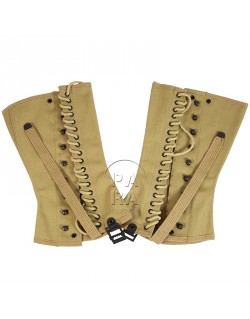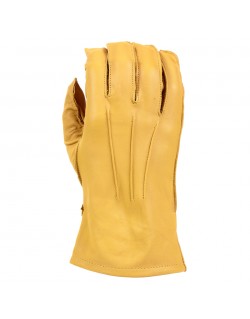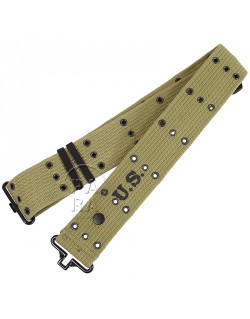





(2 reviews)
Boots, Service, Combat, Women
€139.00
Tax included
Reproduction of the women's service shoes. US sizes.
Lether color depending of availibility.
Product Details
02.02.01.050
Customer reviews
Reviews about this product
-
Je l'ai changé contre une taille 39 rien à dire je suis très bien à l'intérieur comme dans des chaussons
-
Je fais du 37/38 en chaussures de ville et la le 38 est parfait







